For over eight hundred years the façade of the church of San Nicola in Pisa has watched over a message that nobody has ever read before. Recently the front has been restored and the marble cleaned.
During the process a professor of the University of Pisa, Pietro Armienti, an expert in petrology, closely observed the circular and rectangular inlays of one of the church’s lunettes and discovered a coded message. Studying its geometry the professor realized that the symbols were an explicit reference to the findings of the first great western mathematician Leonardo Fibonacci, who was born in Pisa around 1170. Professor Armienti has just published his research report on “Journal of Cultural Heritage”.
The Church of San Nicola has a first mention in 1097. In 1297-1313 the Augustinians enlarged it probably under design by Giovanni Pisano. During the following centuries the ravages of time left its mark on the inlays of the façade making them unreadable. After its recent restoration, the message carved in the lunette of the portal has emerged with all its details, proving to be a valuable artefact which celebrates the insights that marked the birth in Pisa of a school of thought that transformed the medieval vision of the world and turned Pisa into the cradle of modern scientific thought.
What is Fibonacci Sequence?
Leonardo Bonacci (c. 1170 – c. 1250), known as Fibonacci,was an Italian mathematician, considered to be the most talented Western mathematician of the Middle Ages.
Fibonacci was born around 1170 to Guglielmo Bonacci, a wealthy Italian merchant and, by some accounts, the consul for Pisa. Guglielmo directed a trading post in Bugia, a port in the Almohad dynasty’s sultanate in North Africa. Fibonacci travelled with him as a young boy, and it was in Bugia (now Béjaïa, Algeria) that he learned about the Hindu–Arabic numeral system. Fibonacci travelled extensively around the Mediterranean coast, meeting with many merchants and learning of their systems of doing arithmetic. He soon realised the many advantages of the “Hindu-Arabic” system. In 1202 he completed the Liber Abaci (Book of Abacus or Book of Calculation) which popularized Hindu–Arabic numerals in Europe.
Liber Abaci posed, and solved, a problem involving the growth of a population of rabbits based on idealized assumptions. The solution, generation by generation, was a sequence of numbers later known as Fibonacci numbers. Although Fibonacci’s Liber Abaci contains the earliest known description of the sequence outside of India, the sequence had been noted by Indian mathematicians as early as the sixth century. In the Fibonacci sequence of numbers, each number is the sum of the previous two numbers.
Fibonacci Sequence in Nature
The Fibonacci numbers are Nature’s numbering system.
They appear everywhere in Nature, from the leaf arrangement in plants, to the pattern of the florets of a flower, the bracts of a pinecone, or the scales of a pineapple.
The Fibonacci numbers are therefore applicable to the growth of every living thing, including a single cell, a grain of wheat, a hive of bees, and even all of mankind. Plants do not know about this sequence – they just grow in the most efficient ways. Many plants show the Fibonacci numbers in the arrangement of the leaves around the stem. Some pine cones and fir cones also show the numbers, as do daisies and sunflowers.
Apparently studying the diameters of the various circles one obtains the first nine elements of the Fibonacci sequence: 1,2, 3, 5, 8, 13, 21, 34 and 55. According to Professor Armienti the reference could not be more explicit and directly connects the inlay to the work of the great mathematician, or at least to a circle of his immediate colleagues or students. It appears that the inlay is an abacus which represents irrational numbers as well as made to calculate with good approximation the sides of the regular polygons inscribed in the circle with the largest diameter.
This is thus an important monument designed to instruct the elites according to the Scholastic programme. A precious gift which has been sent down to us from over eight hundred years ago and which can finally be valued.

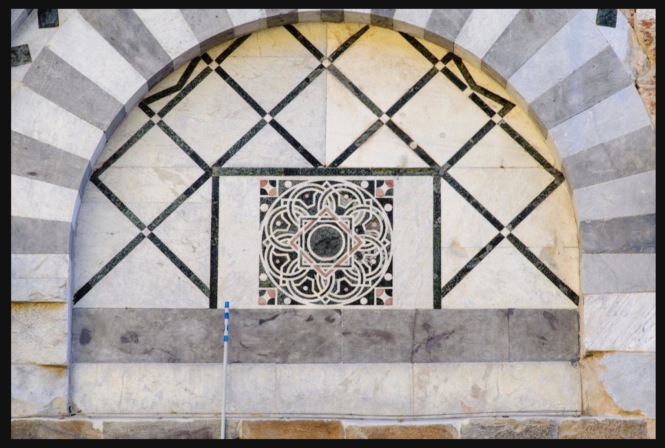
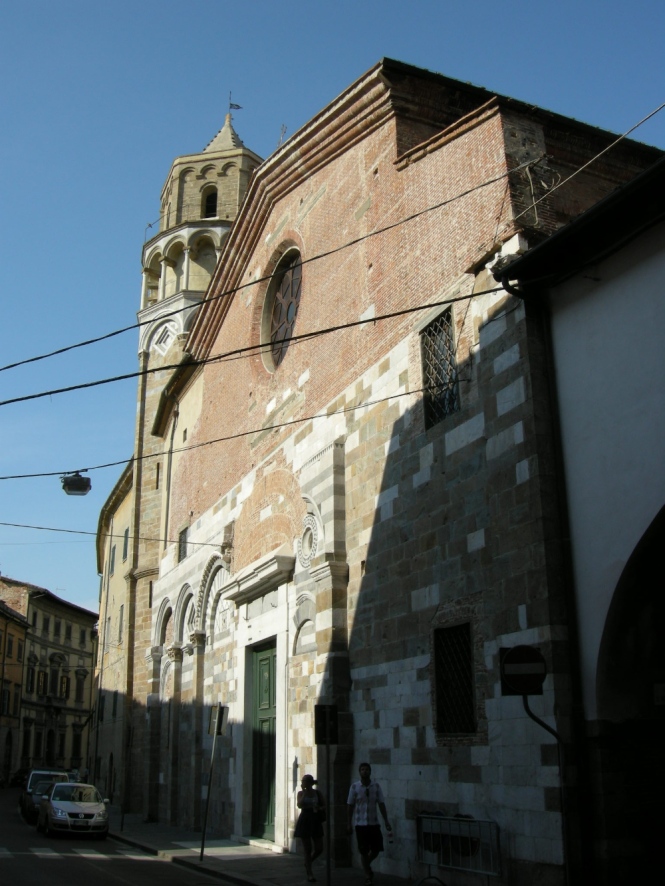
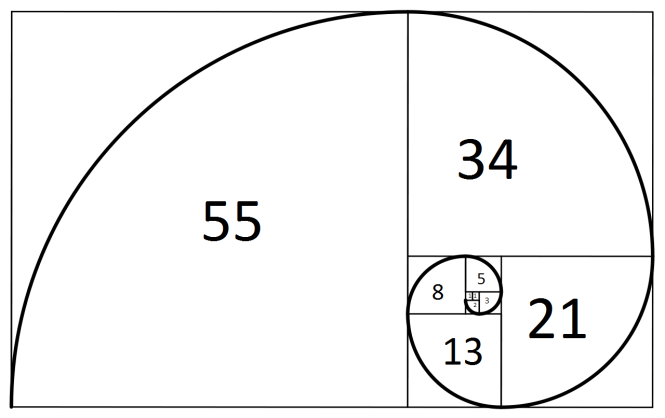
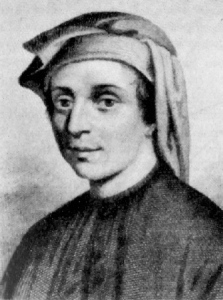
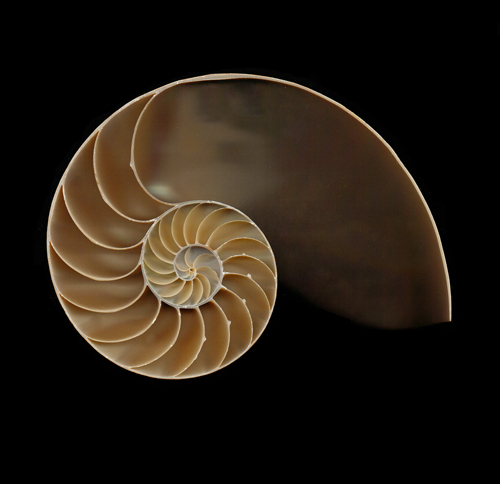
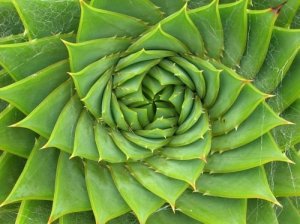

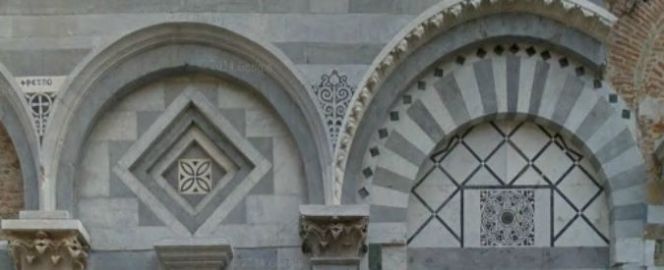
Eccellente (come sempre) il nostro Zicari. Ad maiora